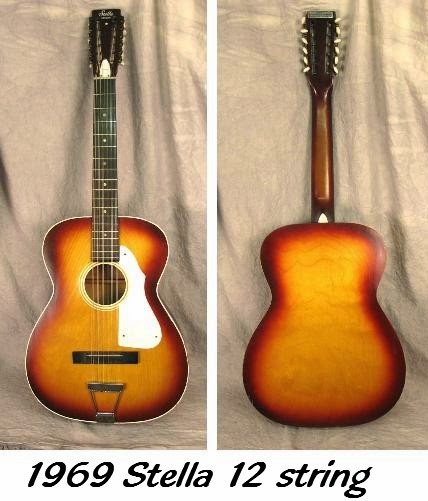The unusual La Baye 2x4 guitars can be attributed to Dan Helland. Helland started out as a guitarist and guitar teacher in Green Bay, Wisconsin music store known as Henri's Music. Through his connections at the music retailer, Helland was able to get a job with the Holman-Woodell factory in Neodesha, Kansas that was producing guitars.
One of the owners named Holman was formerly employed by the Wurlitzer Music Company prior to starting his own business. So the company had this connection when Wurlitzer decided to make the jump into guitar production. This was the mid 1960’s.
Wurlitzer Guitar

In November of 1965 Holman-Woodell was producing a line of stereo electric guitars. These two pickup guitars were designed to have on pickup go to a channel and the other went to a separate channel. Shortly after this they signed a deal to produce guitars under the Wurlitzer brand name.
Because of flawed paint jobs, the Holman-Wurlitzer line only lasted about a year before Wurlitzer pulled the plug on the deal. Despite the bad paint, the guitars were well made.
The pickups, called Sensitones, resembled pickups found on Kapa guitars, but were made by Holman. (Kapa imported all of their parts from Germany and their pickups were from Hofner.)
After the Wurlitzer deal went south, Helland built the LaBaye 2x4. Helland was from Green Bay, hence the name. Perhaps he was thinking of Les Paul’s Log when he designed this unique instrument.
Some unusual features are the thumbwheel potentiometers on the upper side of the guitar that control volume and tone. These are similar to the ones found on Fender Jazzmasters and Jaguars. The vibrato is based on a Bigsby design, but was made by Holman. The one puzzling feature is the placement of the toggle switch. It is on the bottom bout.
The guitar featured the Sensitone pickups.
There were approximately 45 LaBaye 2x4’s manufactured. The models were identified as Six, Twelve and Four, which was the bass version.
These are unique instruments that appear in most vintage guitar books, but due to the playability factor or lack of, they are not highly sought after.
This is the only video I could find of someone playing a LaBaye 2X4 Guitar.


































